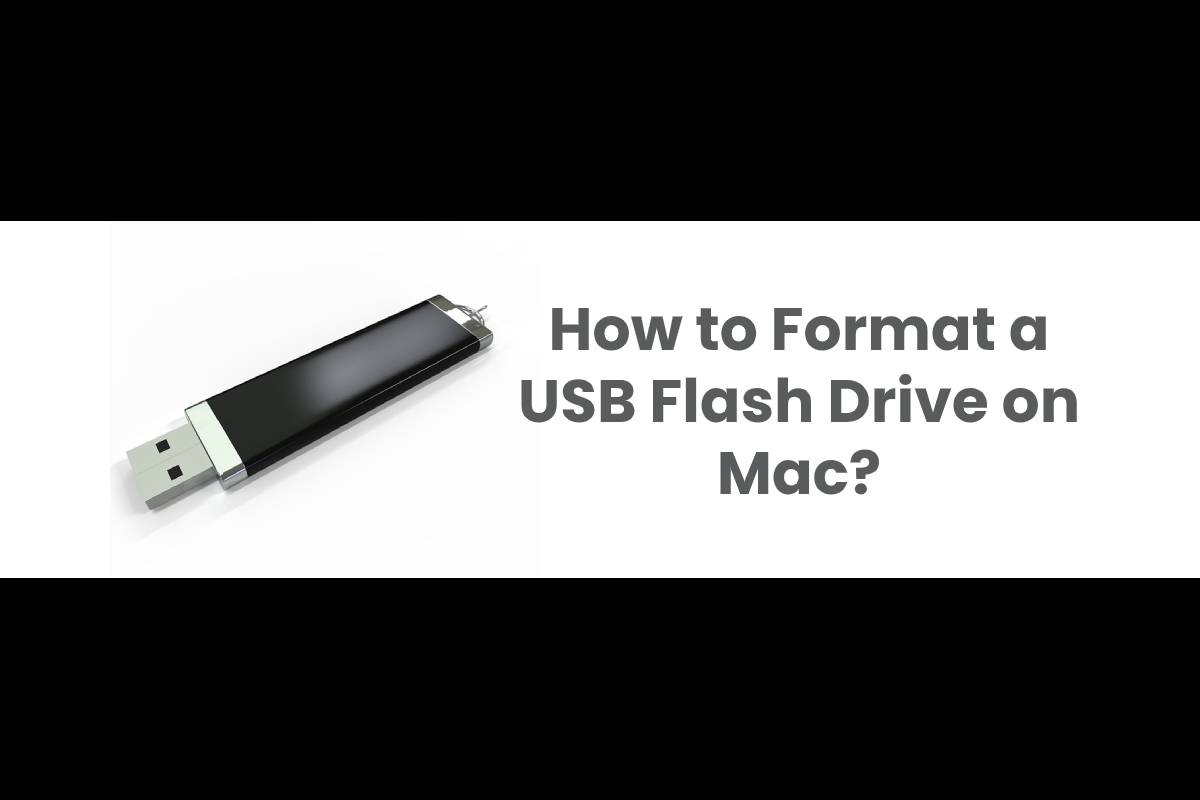If you have a Mac running macOS High Sierra or later, you may consider converting your external solid-state drive or USB flash drive to Apple File System (APFS). Optimized for all-flash storage, APFS features strong encryption, space sharing, fast directory sizing, and improved file system fundamentals. The Mac/Windows-compatible ExFat format allows larger file sizes than the old FAT32. Plug your Flash drive into your Mac. Launch the Finder and locate the Flash drive. Right – click (or Command + Click) on it and choose Get Infor from the menu. You can see drive’s file system displayed next to Format, in the General section (ExFat, MS-DOS (FAT), OS X Extended). Connect your USB drive or SD card to PC, launch EaseUS partition software, select the disk or card.
Hard Drive Formats For Mac

File Format Mac And Windows
This is due to FAT32 limitation. Files larger than 4GB can NOT be stored on a FAT32 volume. Formatting the flash drive as exFAT or NTFS will resolve this issue.
WARNING: Backup your data. Formatting will delete all the data in your device.
SOLUTION 1 - Format in exFAT
exFAT file system that allows a single file larger than 4GB to be stored on the device. This file system is also compatible with Mac.
:max_bytes(150000):strip_icc()/A2-FormataUSBFlashDriveonMac-annotated-ef67f9a43a984d29822347a1f3321aae.jpg)

Format Hard Drive For Mac And Pc
Windows 7 and Mac OS 10.6.6 and higher are compatible with exFAT out of the box. Older operating systems may need a patch installed for exFAT compatibility.
NOTE: exFAT file system is NOT compatible with some host devices such as TV, game systems, older operating systems, car stereos etc.
Formatting a drive in exFAT
1. Double-click on My Computer.
2. Right-click on the flash drive or memory card, then select Format.
3. In the File System list, click exFAT.
4. Click Start.
5. Click OK to start formatting.
Click Here for Instructions to format with Mac
SOLUTION 2 - Format in NTFS
WARNING:
- Formatting the device as NTFS will make it unwriteable on a Mac computer. Most Mac computers can read NTFS, but not write.
- NTFS is a journaled file system, this creates more read/write activities. Therefore, it MAY decrease life expectancy of your device.
- Once the device is formatted as NTFS, you MUST use 'Safely Remove Hardware' to remove your device.
STEP 1 - Optimize the flash drive for performance
1. Plug in the device to the PC.
2. Open The Computer Management Console
a) Windows 8
b) Windows XP, Windows Vista, Windows 7
3. On the Left side selectDevice Manager
4.On the right side expandDisk Drives
5. Right-click on the flash drive, then select Properties.
6. Click the Policy tab.
7. Select Optimize for performance, then click OK.
STEP 2 - Format the flash drive
1. Double-click My Computer.
2. Right-click on the flash drive, then select Format.
3. In the File system list, click NTFS.
4. Click Start.
5. Click OK to start formatting.